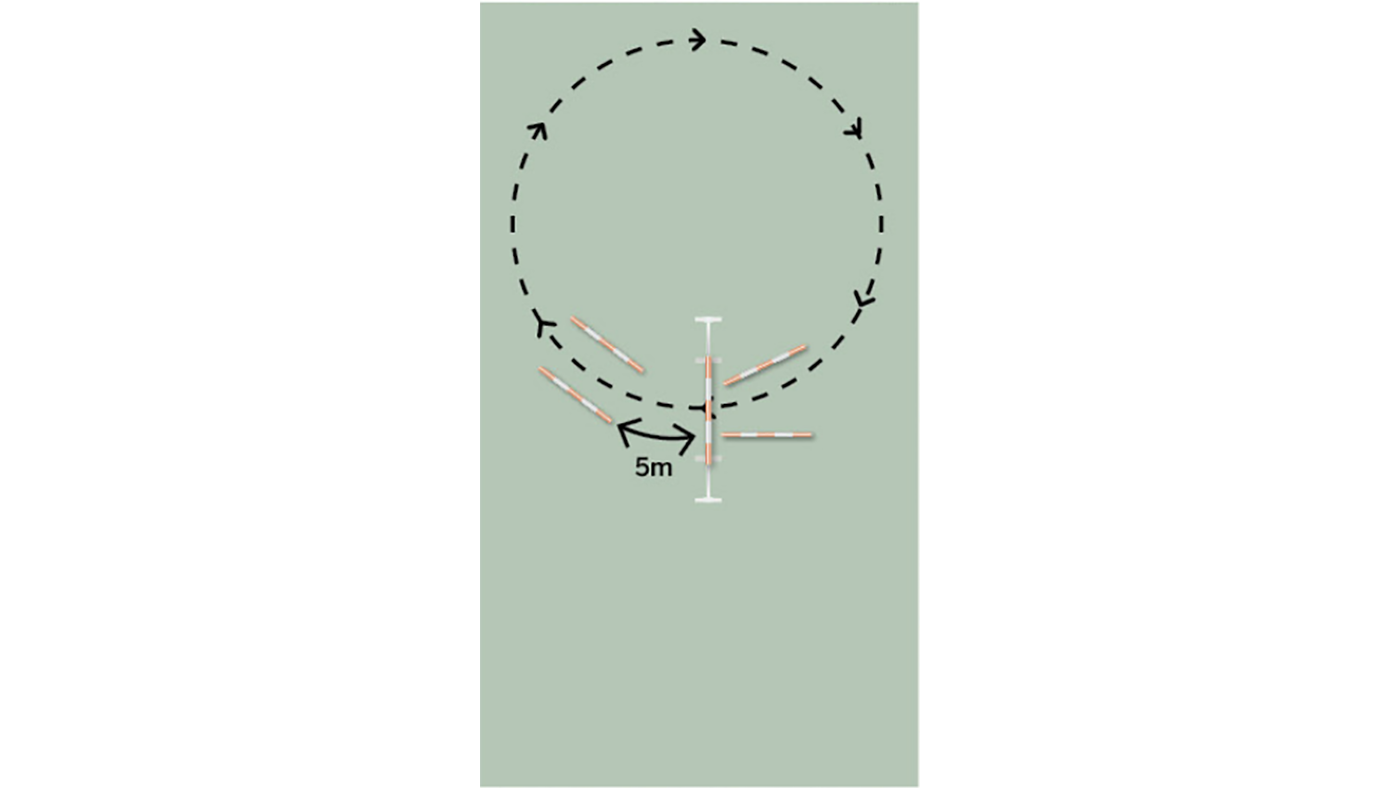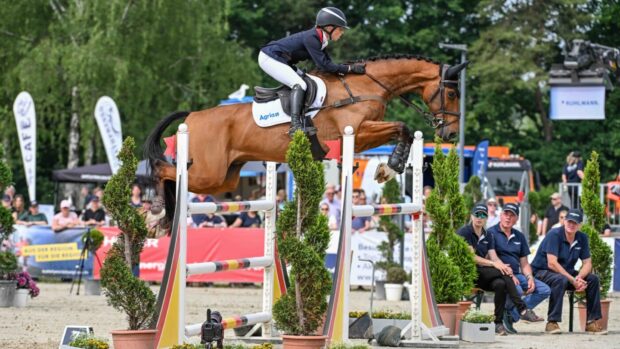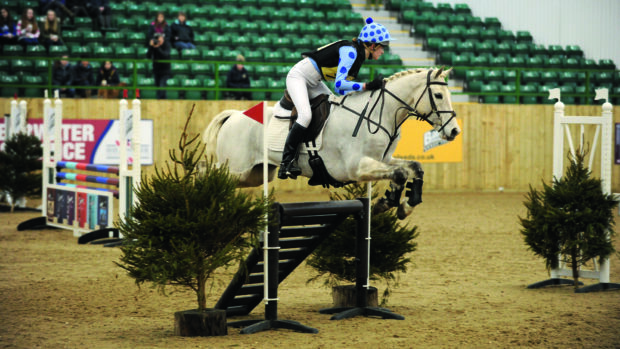Irish event rider Austin O’Connor explains a simple exercise to help teach horses to land on the correct canter lead after a jump
Event rider Austin has represented Ireland at two Olympic Games and numerous senior championships. Based at Attington Stud, Oxfordshire, Austin enjoys coaching when he’s not producing his own string of young eventing stars.
Training the stars
Isazsa is a six-year-old mare by Zavall VDL. She’s a big-moving, extravagant horse and has a wonderful ability to shorten herself to a fence. She is super-careful, but her preference is always to land on the left lead. Her weakness is falling out through the left shoulder, so this makes it more difficult for her to land in balance on the right lead.
We work a lot on her straightness, both on the flat and when jumping. This exercise has helped hugely to improve her balance on landing and therefore prepare her for the next fence.
Landing on the incorrect lead is a problem that can affect every horse, from those starting out to ones at the top of their game. The quality and balance of the horse’s canter on the approach to the fence can have an impact on whether the horse can land and maintain their canter on the required lead. The rider’s balance can also play a part.
Tackling the issue

1. I use a simple jumping exercise with a single fence set on a 20-metre circle to help encourage horses to land on the correct lead. Start by placing a single fence on the circle with two ground poles set as tram lines on take-off and two more ground poles placed about five metres after landing (see diagram).
2. Jump the fence four or five times before changing the rein and repeating the exercise in the other direction.
3. The key to this exercise is not to focus on the horse landing on the correct leg. If they do land on the incorrect lead, I encourage them to maintain the counter-canter on the 20-metre circle and continue to the fence again. They will then most likely land on the correct lead next time.
The idea is the horse learns that landing on the incorrect lead is more difficult for them, so they start to work out for themselves that it is easier to land in balance and on the correct leg.
Article continues below…
You might also be interested in:

#SundaySchool: the showjumping ‘gym’ with Holly Smith
The international showjumper talks us through this multi-fence workout which she uses with both her younger and more experienced horses

#SundaySchool: Imogen Murray on the bounce grid exercise

Subscribe to Horse & Hound magazine today – and enjoy unlimited website access all year round
Consider this…
- Avoid throwing your weight to the inside or asking for too much inside bend. This will only make the horse fall in that direction and then have no choice but to rebalance and land on the opposite lead.
- Repeating this exercise over time will help strengthen the horse and encourage him to respond to subtle, clear aids from the rider.
- If, despite correct training, your horse still refuses to land on the correct leg, it might be worth getting him checked over to ensure he isn’t in any physical distress, which may be affecting his ability to land on the correct lead.
- An added benefit of this exercise is that it helps to establish counter-canter and therefore straightness, as well as the balance
of the rider.
Would you like to read Horse & Hound’s independent journalism without any adverts? Join Horse & Hound Plus today and you can read all articles on HorseandHound.co.uk completely ad-free




